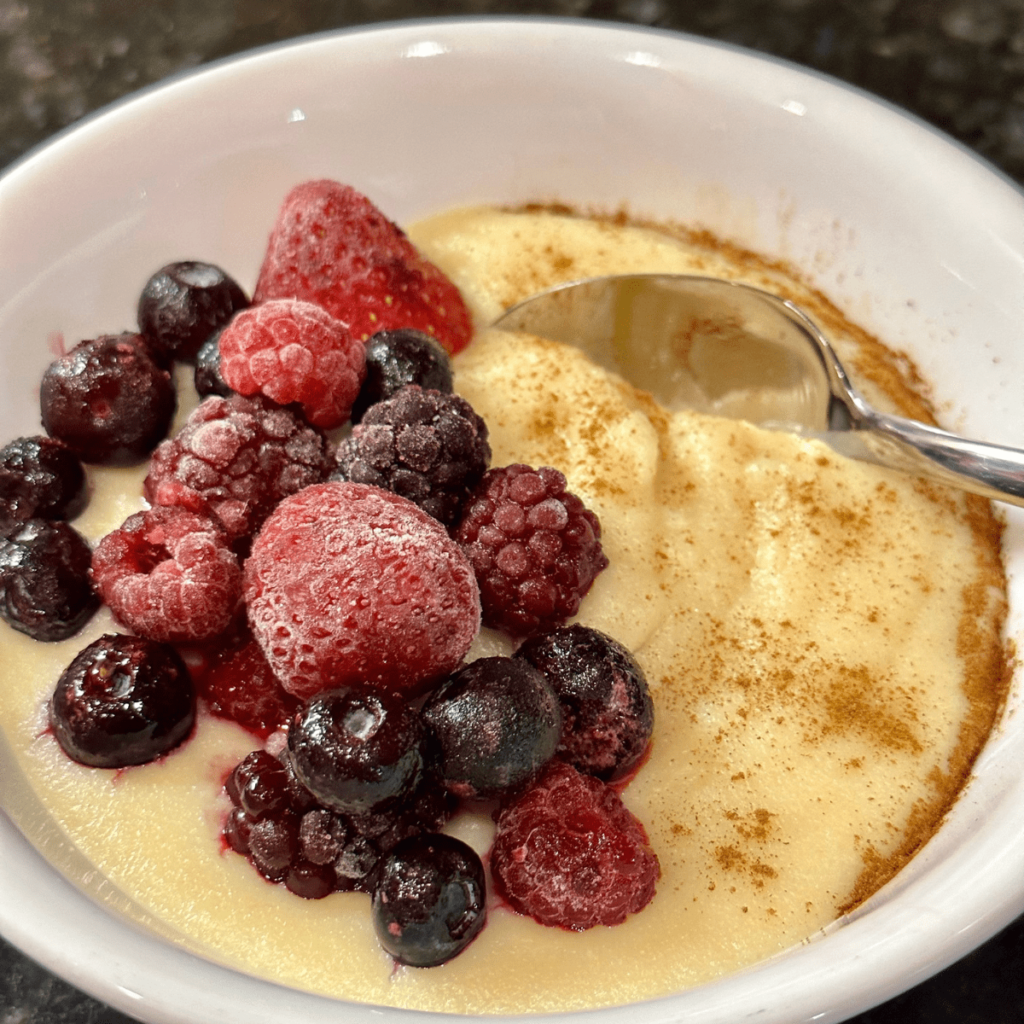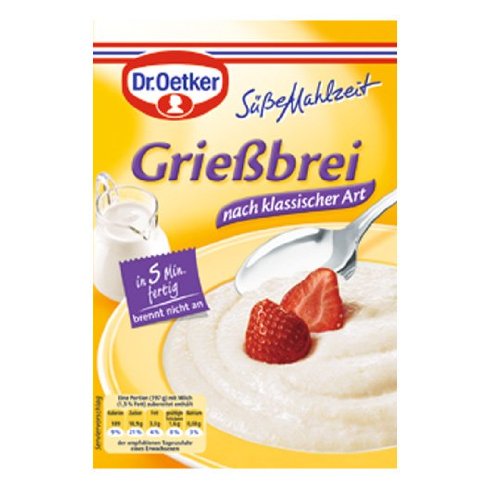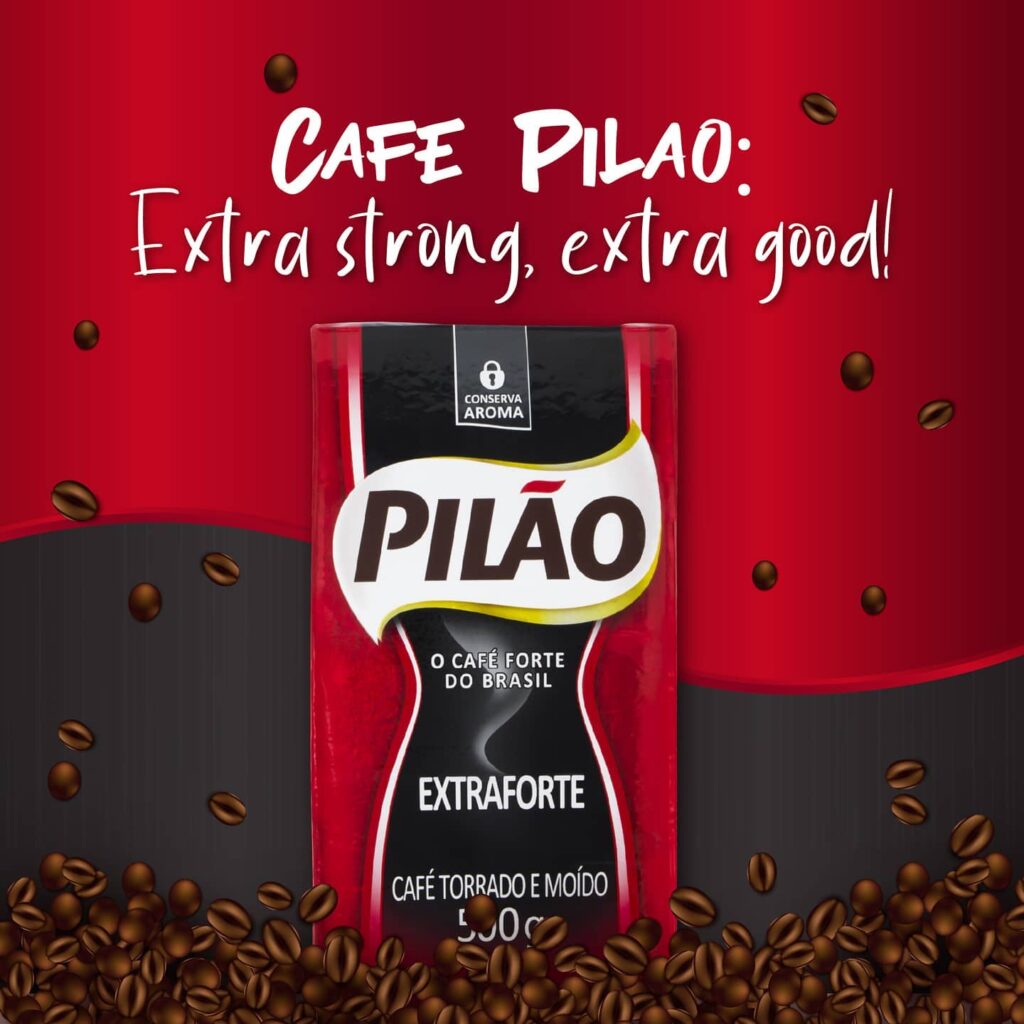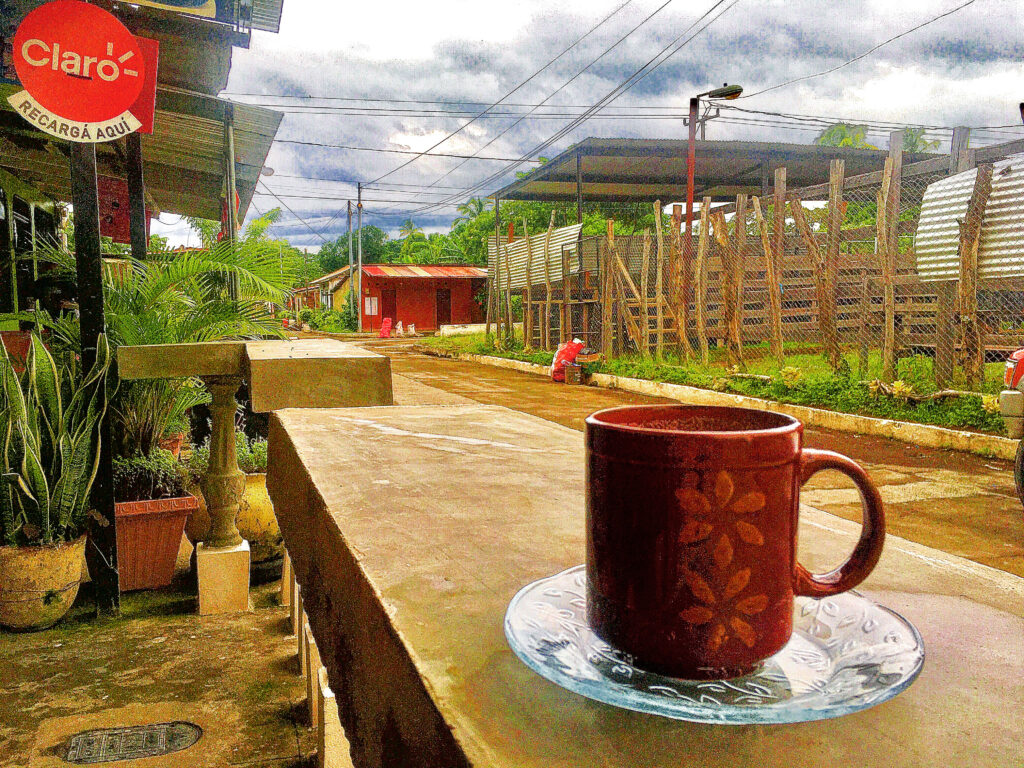Historically and traditionally the discovery of the bean that makes coffee has loosely been credited to a herder named Kaldi in Ethiopia. It turns out that Kaldi noticed the animals in his heard get all perky after eating these beans. He then chewed some beans himself and felt a spark too so he took some to the local monks who threw the beans into a fire thinking Kaldi was possessed, but when the flames baked the beans and a pleasant odor came from the fire the monks changed their minds. The monks liked the aroma, pulled the beans from the fire and put them in hot water and voila, the first cup of coffee was discovered. The monks would use the liquid to stimulate themselves before prayers and studies.
With thousands of pilgrims visiting Mecca each year from all over the world the knowledge of this ‘Wine of Araby’ or cup of coffee quickly began to spread.
This discovery migrated from Ethiopia to Yemen and finally coffee was shipped to Venice, Italy and into Europe.
The world’s first coffee house was opened in Constantinople in 1475, now known as Istanbul.
Captain John Smith, the founder of the Virginia Colony, introduced coffee to other settlers of Jamestown in 1607. Coffee wasn’t well received as tea was still preferred at this time.
The first ever European coffee house was opened in 1645 in Venice, Italy. The coffee shop named Caffe Florian from 1720 still exists here. Drinking coffee became a cool thing to do and a great commodity for traders.
In 1670, Dorothy Jones became the first person to receive a license to sell coffee in Boston.
By the mid-1700’s many taverns were also dubbed as coffeehouses.
The Boston Tea Party revolt caused all the tea to be thrown into Boston Harbor and after that event it was considered unpatriotic to drink tea in America any longer. Coffee then became increasingly popular.
Coffee was drunk at home as part of the daily routine, as well as to show hospitality to guests. Outside of the home, people visited coffee houses to drink coffee and engage in conversation, listen to music, mingle and catch up on news. Without the modern technologies we have today, coffee houses and pubs became spots for sharing information. They were often referred to as “Schools of the Wise.”
The oldest coffee shop in the US is located in New York. There is a coffee shop named Caffè Reggio that has been operating since 1927 and is home to the very first espresso machine in the United States.
The Dude of Food’s introduction to coffee was during the summer of 1981 when I traveled around the United States on a youth tour. I remember going to Brennan’s in New Orleans and trying their famous coffee, as we noticed everyone was talking about it. A few friends and I were all wound up from drinking way too many cups during our breakfast. Being that we were 14-15 years old the effect was gnarly. We started sweating and ran around the city for a couple of hours after breakfast, trying to keep up with ourselves.
The next story that helped shape my mind about coffee was during the road to qualify for the world cup games. I was in Antigua, Guatemala and a big match was to begin at 5:30am between Mexico and USA. Being that it was still a little early for beers, I began drinking coffee while watching the match. I really liked the taste of the fresh Guatemalan coffee and it quickly became my favorite coffee. I always buy the Starbucks Antigua version when I see the bags in the market.
For the last couple of years I’ve had a Brazilian girlfriend. Brazil is the number 1 producer of coffee beans in the world. Upon returning from a visit to Brazil she brought back some coffee. The brand was Pilao and I love it too. It’s really strong so it doesn’t take huge heaps to get a good cup of coffee.
Over the years I have had a few thoughts about coffee and wrote the following about the subject.
335 words the Dude of Food wrote about coffee circa 2015
“The scent of the brew wafts through the house and wraps itself into the cool dark morning air. My senses tingle when the aroma arrives at my nostrils and the pulse of excitement runs through my body reminding me of another beautiful day that is about to begin.
I hear the pumps of water as the machine gasps and sighs and steam seeps out of the seam at the top like some sort of cartoon robot hothead.
As I turn the corner towards the kitchen the green power light on the machine’s front penetrates the darkness as vibrantly as the scent of the the brew itself. I see it’s green glow in the form of a dot at the base of the source of the scent, resonating small and bright in the distance like a beacon guide.
The chosen mug stands by attentively waiting to fulfill its duty as holder of the vital morning fluid. The half and half with an expiration date way into the future stands nearby to assist in the heat control and toning of the aromatic, dark, hot liquid. The machine gives up its final gasp as the last of the water runs through its heated, pulsing veins. The glass container below dutifully waits to receive this precious fluid that it will hold until a consumer arrives.
The hand that rocks the cradle pours this brown liquid joy into the attentive mug and then proceeds to top it off with some milky goodness. No sugar is allowed.
It’s at this point that I know things are going well. The anticipation of that first sip always causes excitement.
When the warm brew hits my taste buds and the heat from the fluid rises into my face I immediately begin to feel more alive. A joyful feeling invigorates me. Then the warm fluid runs through my body letting it know that it’s time to get in motion and enjoy the beautiful new day. It’s another opportunistic day to learn, create and share.
The opportunity to live and make the world a better place begins daily. Today is going to be another great day.”
On December 1, 2021 the Dude of Food wrote another 281 words about Coffee.
“Ahhh coffee, yes I’d like a coffee please. If I could choose I’d have medium roasted Guatemalan or Hawaiian bean coffee. French coffee is good as is Italian and Turkish.
Coffee is that magical fluid that is loved by people worldwide. At dawn it is that warming magic that helps get things going, in more than one way. At my desk with a cup I feel like I have the tools to get things done. A pot of your favorite coffee with a joint and one can be content to write, design, edit, build or creatively ponder for hours.
Coffee allows individuals a chance to show their diverse traits. There are many ways to enjoy this magic brown fluid. Hot or cold, creamed or not, sweetened or not, caffeinated or decaf and how much of each ingredient is up to each person. Some add caramel. Some add vanilla or chocolate and interestingly, some even choose not to drink coffee at all. Some choose to enjoy coffee in the morning. Some will have a cup after meals and some will drink coffee all day or night long.”
The beans are growing, don’t wait or hesitate or you’ll be late.
On November 6, 2023, again coffee was on the mind and the Dude of Food penned a ditty called ‘Coffee Today’.
Many thoughts have been donated to the fact that life gives provenance to coffee, but i have been thinking about it myself and wonder if that statement might not be constructed wrong and presented backwards. Perhaps it is coffee that gives provenance to life.
The thrill of waking up to a beautiful new sunrise and beginning another glorious day are exacerbated by the addition of a deliciously scented mug of steaming coffee that warms the hands and face while gifting your mouth with a sense of invigoration and joy that helps one get through the day. It is the kind of support not seen yet relied on to help rally into the rest of what’s coming. The cultivation and preparation of coffee has been in human culture for centuries and has helped produce the spring to one’s morning and put the pep back in many peoples step.
This tiny, delicious magical bean is one of the most powerful items in nature. Folks should recognize its place and not abuse it but love it for what it is and does. One does not need a degree to prepare coffee drinks as it is a simple task and not like surgery. Coffee does its thing. It grows. It ripens. It dries. It’s roasted. It’s ground up and water seeps through it providing life, one drip at a time.
Share this story of coffee and life with a fellow coffee drinker as you enjoy a cup of historical culture today.
Below is a list of the top 10 coffee producing countries.
Brazil
Vietnam
Colombia
Indonesia
Jamaica
Africa
Central America: Guatemala, Honduras
Hawaii
India
Turkey
The above image was how I spent my mornings in Ometepe, Nicaragua. Alles Claro.






